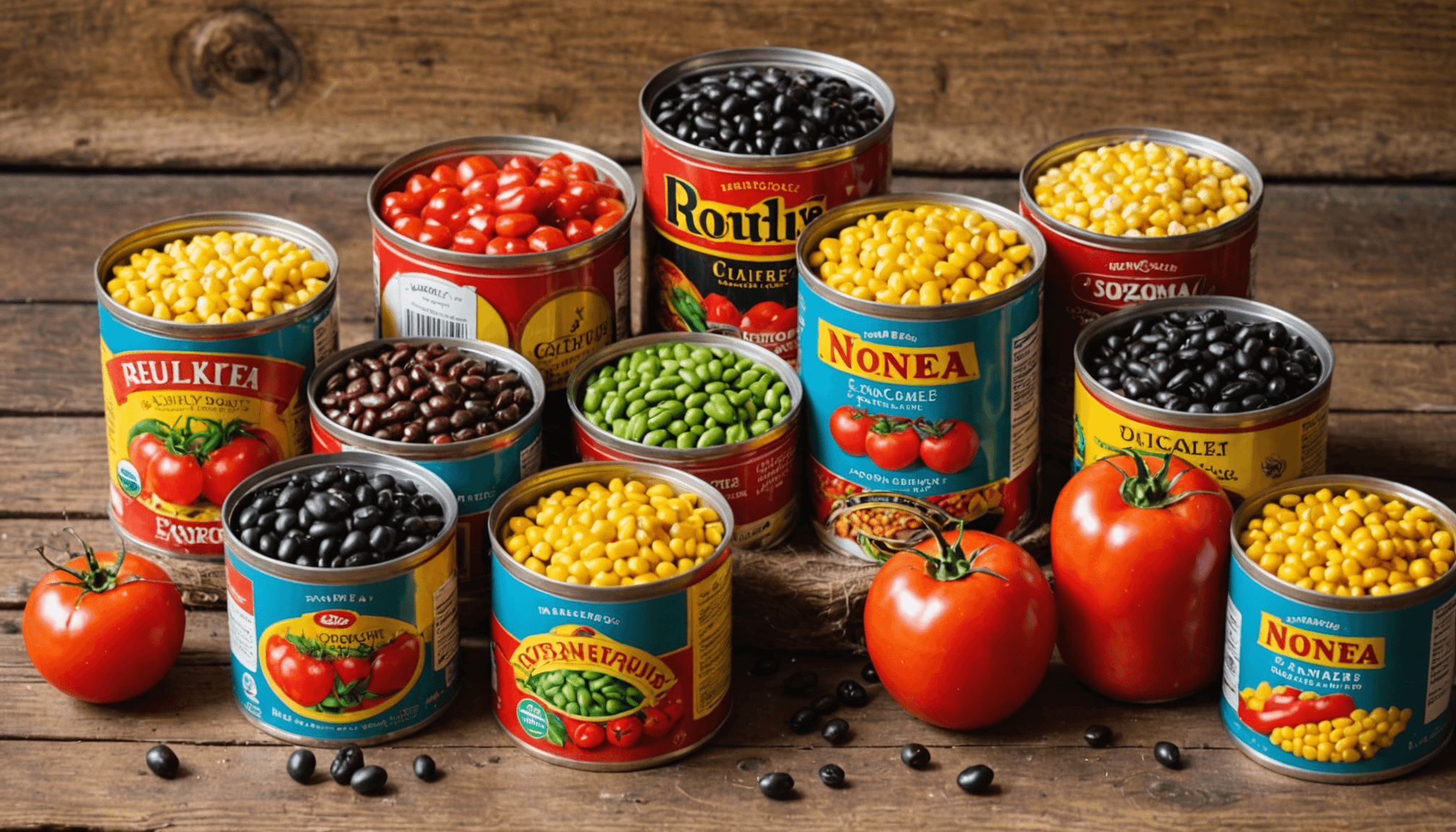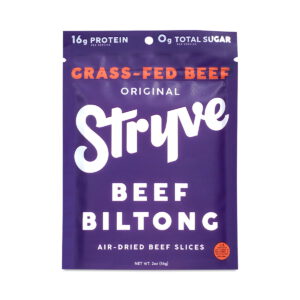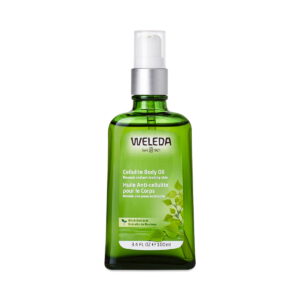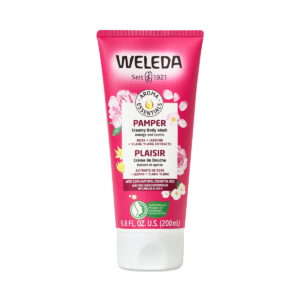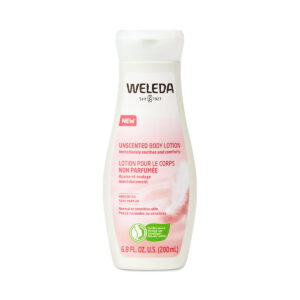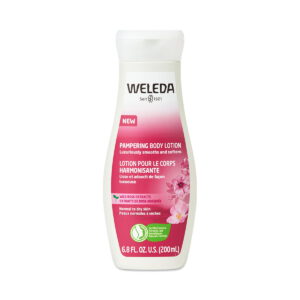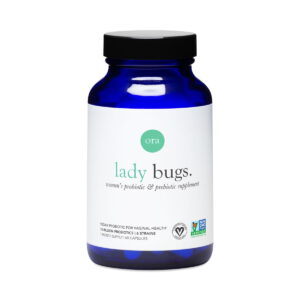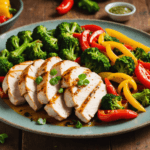- Essential pantry staples
- Grains and legumes
- Canned goods
- Oils and vinegars
- Spices and herbs
- Quick meal ideas
When you’re stocking your kitchen, especially with the intention of creating quick and healthy meals, selecting the right pantry staples can make a world of difference. Start with whole grains like quinoa, brown rice, and whole grain pasta; they serve as the foundation for many nutritious dishes. Not only are they filling, but they also offer essential nutrients that support your overall health, making them perfect for fitness enthusiasts and families alike.
For a plant-based diet, legumes such as lentils, chickpeas, and black beans are fantastic additions. They are rich in protein and fiber, aiding in digestion and keeping you satiated longer. Canned legumes are also a time-saver—just rinse and add them to salads, soups, or stir-fries for a quick boost. When shopping for canned goods, look for low-sodium options to keep your meals heart-healthy.
Oils play a crucial role in healthy cooking. Olive oil is a great choice due to its heart-healthy monounsaturated fats and antioxidant properties. For larger cooking tasks, consider having a neutral oil like avocado or grapeseed oil on hand. These oils can withstand high temperatures, making them ideal for roasting vegetables or searing proteins. However, always check for high-quality, organic options to ensure you’re not introducing unhealthy additives into your meals.
Don’t forget about vinegars; they can elevate the simplest dishes. Balsamic vinegar adds a rich sweetness, while apple cider vinegar has numerous health benefits, including aiding digestion. These options can quickly transform a mundane meal into something exciting.
While filling your pantry, consider a variety of spices and herbs. They are essential for flavor without unnecessary calories or sodium. Stock up on garlic powder, cumin, turmeric, and dried herbs like oregano and basil. Not only will they enhance the taste of your meals, but many spices, such as turmeric, also come with their own health benefits, offering anti-inflammatory properties.
When it comes to grocery shopping, both online and offline, there are some vital safety tips to keep in mind. For online shopping, always purchase from reputable sellers and check for product reviews before placing an order. Look for organic labels to ensure the highest quality. If you’re shopping in-store, be mindful of expiration dates and choose the freshest products available. Local farmers’ markets can be a goldmine for fresh produce and often carry organic options at reasonable prices, allowing you to support your community while eating healthily.
Lastly, remember that planning is key. Draft a meal plan based on the essential pantry staples you’ve collected. Stock your kitchen thoughtfully, and cooking quick meals will be less about stress and more about creativity. With a well-curated pantry, you’ll always be ready to whip up healthy dishes in no time.
Grains and legumes
Grains and legumes form the cornerstone of any well-stocked pantry, providing nourishment, versatility, and ease of cooking. Whole grains such as quinoa, brown rice, and barley are not only rich in complex carbohydrates but also provide vital nutrients like fiber, protein, and B vitamins. These grains can easily be cooked in bulk and stored, making them ideal for quick meal preparations throughout the week.
Legumes, including lentils, chickpeas, and various types of beans, are another essential category. These protein-packed powerhouses are rich in fiber, making them an excellent choice for those looking to maintain energy levels without relying on animal proteins. They are particularly beneficial for vegetarian and vegan diets. Canned varieties can be a significant time-saver; just rinsing them reduces sodium content and makes them ready for use in countless dishes, from hearty soups to colorful salads.
Using the following table, you can compare the nutritional benefits of different grains and legumes to understand their contributions to healthy cooking better:
| Food Item | Serving Size | Calories | Protein (g) | Fiber (g) | Carbohydrates (g) |
|---|---|---|---|---|---|
| Quinoa | 1 cup, cooked | 222 | 8 | 5 | 39 |
| Brown Rice | 1 cup, cooked | 218 | 5 | 4 | 45 |
| Lentils | 1 cup, cooked | 230 | 18 | 16 | 40 |
| Chickpeas | 1 cup, cooked | 269 | 15 | 12 | 45 |
| Black Beans | 1 cup, cooked | 227 | 15 | 15 | 41 |
Incorporating these grains and legumes into your meals can be done in several creative ways. For a quick and healthy meal, consider making a grain bowl. Start with a base of quinoa or brown rice, and top it with sautéed vegetables and a scoop of your choice of legumes. Adding a drizzle of olive oil and a splash of balsamic vinegar can enhance flavor without adding excessive calories or sodium.
Another option is to prepare hearty soups using a combination of grains and legumes. For example, a lentil soup with diced tomatoes, carrots, and spices can be both filling and nutritious. Moreover, both rice and beans can be combined for a classic dish rich in flavor and protein.
In summary, grains and legumes are vital pantry staples that not only offer nutritional benefits but also provide multiple options for quick meals and healthy cooking. Their adaptability allows for endless combinations and quick preparations, making them must-haves in any kitchen focused on wellness and efficiency.
Canned goods
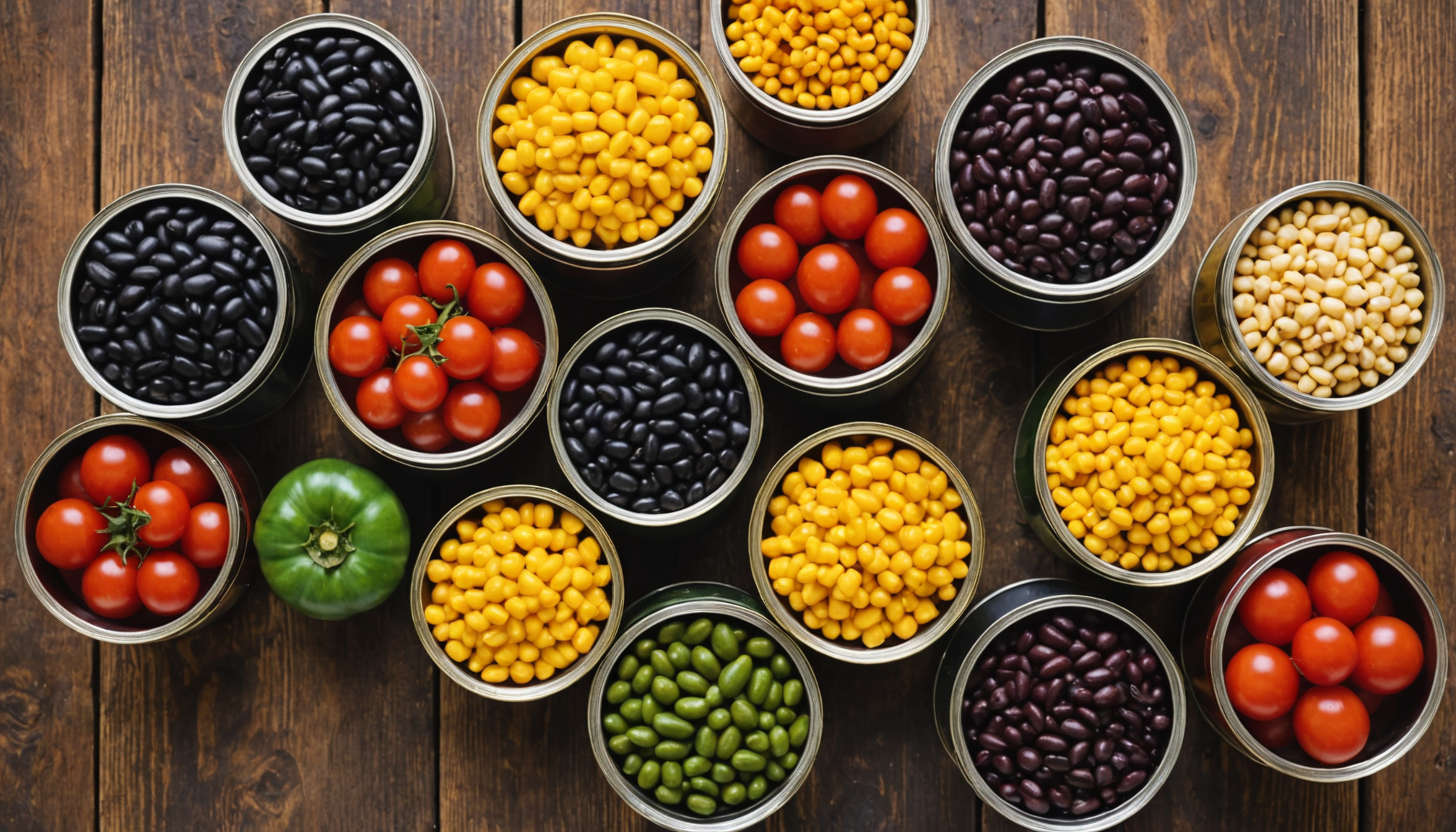
Canned goods are a vital component of any pantry, serving as convenient and versatile options for creating quick meals that don’t sacrifice nutrition. Whether stocking up for the week or preparing for unexpected guests, having a variety of canned foods on hand can simplify meal preparation. Start with essentials such as canned tomatoes, beans, and vegetables. Canned tomatoes are perfect for making sauces, soups, or stews, while canned beans—like black beans and chickpeas—are a fantastic source of plant-based protein and can be effortlessly added to salads, grain bowls, or blended into spreads.
When selecting canned goods, consider looking for low-sodium or no-salt-added options to help maintain a heart-healthy diet. Many brands now offer organic canned choices, which can be a smart way to avoid added preservatives and chemicals. Buying in bulk can also save you money, making this a budget-friendly strategy for busy families and professionals alike.
Another excellent addition to your canned goods stockpile is canned fruits. Look for those packed in water or their natural juices rather than syrup to keep added sugars to a minimum. Canned fruits can be an easy way to enhance smoothies, top oatmeal, or serve as a quick dessert. However, pay attention to labels to avoid high fructose corn syrup and additives.
For those living in areas without access to fresh produce, canned goods can bridge the gap by providing nutrition and flavor year-round. When shopping online, ensure that the seller has good reviews and that the products are sealed correctly to avoid risks of contamination or spoilage. Don’t hesitate to check the expiration dates when shopping in-store, and consider purchasing from local food co-ops or farmer’s markets, which might offer locally-sourced canned options that support regional farmers while providing fresh flavors.
When it comes to meal preparation, versatility is key. Canned goods can easily transform into hearty meals with minimal effort. For instance, a quick chili can be made by combining canned beans, tomatoes, corn, and your choice of spices. Let it simmer on the stovetop for a warming dish that’s ready in under 30 minutes. Alternatively, consider a Mediterranean quinoa bowl by mixing canned chickpeas and diced tomatoes with cooked quinoa, a sprinkle of feta cheese, and a drizzle of olive oil. It’s nutritious, satisfying, and showcases the ease of healthy cooking.
Always keep an eye on portion sizes when using canned goods; they can be calorie-dense due to added ingredients. Balancing your pantry staples with fresh produce during shopping trips ensures you’re maximizing nutrition while enjoying varied meals. Being strategic about your canned goods selection not only allows for efficient meal preparation but also promotes healthy, balanced eating habits without the hassle.
Oils and vinegars
In the realm of healthy cooking, oils and vinegars are essential pantry staples that can significantly enhance flavor and nutrition in your meals. Choosing the right oils is paramount, as some oils are better suited for cooking than others. Extra virgin olive oil, known for its rich flavor and high levels of antioxidants, is a staple in Mediterranean diets and is perfect for drizzling over salads or using as a base for dressings. It’s also excellent for sautéing vegetables, thanks to its moderate smoke point.
For higher heat cooking, such as frying or roasting, consider oils like avocado or canola oil. Avocado oil is particularly versatile due to its high smoke point, which makes it ideal for searing meats or stir-frying vegetables while retaining healthy fats. Grapeseed oil is another neutral option that works well for baking and marinades.
Pairing your oils with quality vinegars can elevate even the simplest of dishes. Balsamic vinegar, with its sweet and tangy profile, can transform roasted vegetables or pasta salads, adding depth and flavor without extra calories. On the other hand, apple cider vinegar is revered for its myriad health benefits, including aiding digestion and potentially assisting with weight management. Its sharp flavor contrasts beautifully in marinades and dressings, balancing out sweetness and enhancing the overall taste of your meals.
“Good cooking is all about balance. It’s about marrying flavors and fragrances, and oil and vinegar do just that.”
Rice vinegar, often used in Asian cuisine, is great for dressings and dipping sauces. It offers a milder taste and can be used for pickling as well, enabling you to infuse your meals with unique flavors. When stocking your pantry, consider acquiring a selection of flavored vinegars, such as red wine or sherry vinegar, which can bring a sophisticated twist to your dishes. These can be used in simple vinaigrettes or to deglaze pans after cooking various proteins for added flavor.
Incorporating oils and vinegars into your meal preparations can be as simple as tossing fresh vegetables with olive oil and balsamic vinegar for a quick, healthy side dish. Additionally, infusing your olive oil with herbs or spices can add an extra layer of flavor to your cooking. Consider creating an herb-infused oil by steeping fresh herbs in warm oil, which can then be used in dressings or drizzled over cooked grains.
Ultimately, experimenting with different oils and vinegars can enhance your culinary repertoire. They provide not only various flavors but also healthy fats and unique nutrients, making them indispensable in creating quick meals without compromising on health. With a well-stocked selection, you’ll always have the tools necessary to elevate your cooking and ensure that your meals are both satisfying and nutritious.
Spices and herbs
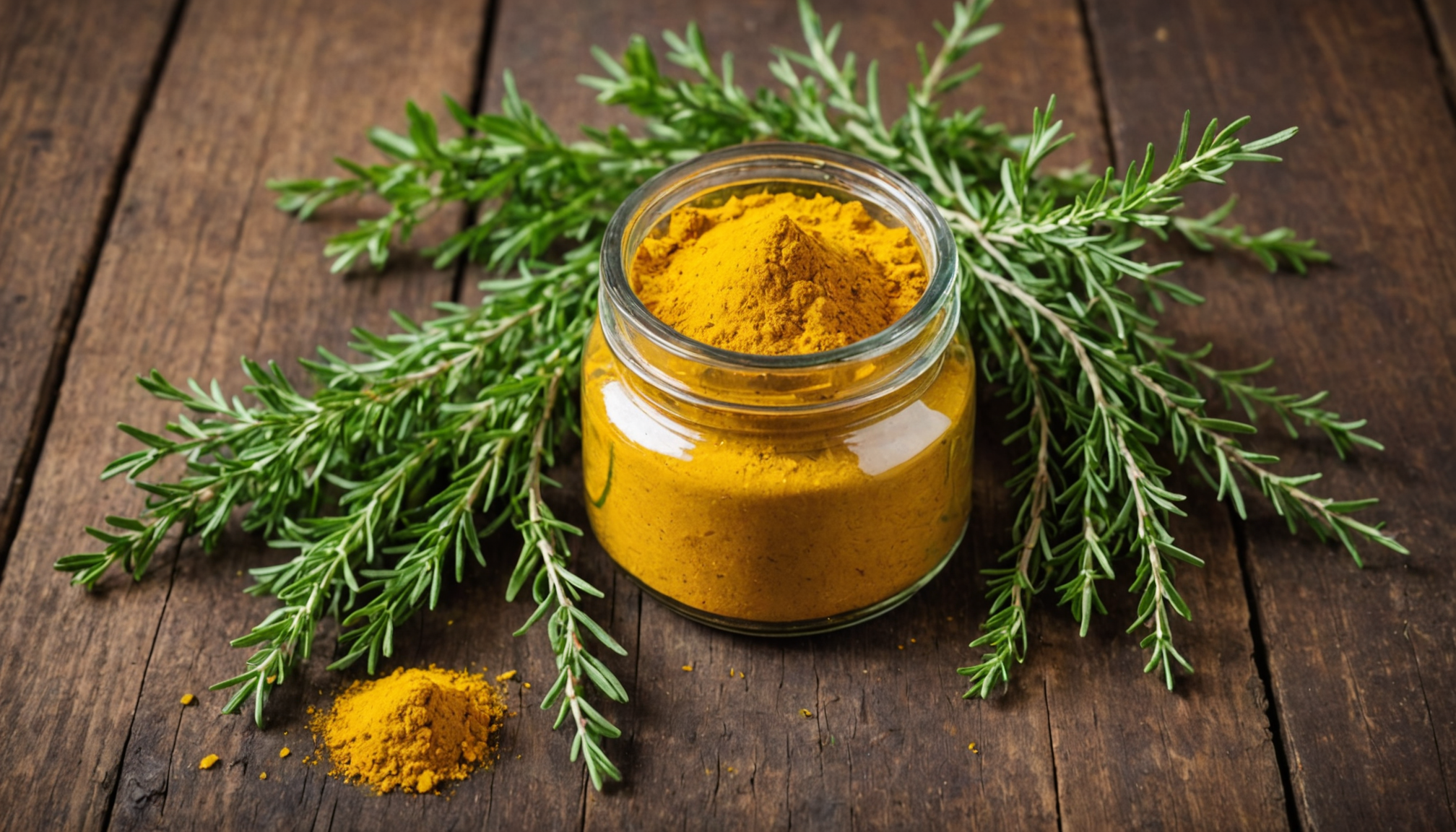 While filling your pantry with essential spices and herbs, think of them as the tiny flavor powerhouses that can make or break your meals. Having a wide variety on hand not only opens up a world of culinary possibilities but also supports your journey toward healthy cooking. From everyday staples like salt and pepper to more exotic options such as saffron or sumac, the right blend can transform boring dishes into culinary masterpieces.
While filling your pantry with essential spices and herbs, think of them as the tiny flavor powerhouses that can make or break your meals. Having a wide variety on hand not only opens up a world of culinary possibilities but also supports your journey toward healthy cooking. From everyday staples like salt and pepper to more exotic options such as saffron or sumac, the right blend can transform boring dishes into culinary masterpieces.
Consider keeping garlic powder, onion powder, chili powder, and cumin in your pantry. These spices are fundamental building blocks for countless cuisines, allowing you to create depth and warmth in your meals with just a pinch. Herbs such as thyme, rosemary, and basil can add freshness and brightness, making your dishes come alive. Dried herbs are particularly useful when fresh options are out of season, ensuring that your cooking remains vibrant year-round.
Moreover, think about the health benefits certain spices bring; for instance, turmeric is renowned for its anti-inflammatory properties, while cinnamon can help regulate blood sugar levels. Not only do they enhance flavor, but they also add nutritional value to your dishes. Experimenting with spice blends like curry powder or herbes de Provence can also save time, as they combine multiple flavors in one convenient option, perfect for quick meals.
Mixing spices and herbs into cooking oils or using them in marinades can infuse your ingredients with flavor before they even hit the pan. A simple marinade of olive oil, garlic powder, and dried herbs can elevate grilled chicken or roasted vegetables to a whole new level. Keep in mind that not all spices are created equal; quality matters. Organic spices, free from additives, ensure you’re getting the best flavor and health benefits.
As you explore various recipes, take notes on what spices complement each dish. This practice not only builds your flavor knowledge but also makes planning future meals more efficient. Encouraging yourself to step outside of your flavor comfort zone can lead to unexpected but delightful culinary discoveries. Imagine how exhilarating it would feel to create a flavorful Moroccan tagine or a fragrant Thai curry using your well-stocked spice collection.
Taking inventory of your spice and herb shelf is a crucial part of maintaining a healthy kitchen. Regularly assess freshness, as spices can lose potency over time. Store them in airtight containers, away from light and moisture, to maximize their shelf life. Constantly challenging yourself to incorporate new spices into your meals can be a delightful way to enhance your cooking skills and keep your weekly menus exciting.
- What are the best spices to keep in my pantry?
- Essential spices include salt, pepper, garlic powder, cumin, paprika, and chili powder. These can serve as foundational flavors for a wide range of dishes.
- How do I know if my spices are still fresh?
- Check the color and aroma of your spices. If they lack fragrance or their color appears dull, it might be time to replace them.
- Can spices and herbs really improve my health?
- Many spices and herbs contain antioxidants, anti-inflammatory properties, and other health benefits. Incorporating them into your diet can enhance both flavor and nutrition.
- How much spice should I use in cooking?
- A general rule is to start with a small amount, about 1/4 teaspoon per dish, and adjust according to taste. Always remember it’s easier to add than to subtract.
- Can I use dried herbs instead of fresh ones?
- Yes, dried herbs are a great substitute! Use one-third of the amount of dried herbs compared to fresh, as they are more concentrated in flavor.
- What’s the best way to store spices?
- Keep spices in a cool, dark place in airtight containers to preserve their flavors and potency for a longer time.
- Are there spices that I should avoid?
- Generally, there are no harmful spices to avoid, but be cautious of pre-mixed seasonings that may contain additives or high sodium. Always read labels carefully.
Quick meal ideas
When it comes to the delicious world of quick meals, having a few go-to meal ideas can simplify your weekly cooking routine. Utilizing the pantry staples you’ve gathered can streamline the process while ensuring that your dishes remain both nutritious and flavorful. One of the best approaches is to focus on one base ingredient each meal and build around it using what you have on hand.
Consider starting with grains as the foundation of your meal. A simple yet satisfying option is a grain bowl. Begin with a base of cooked quinoa or brown rice, then combine it with sautéed seasonal vegetables. Toss in some canned chickpeas for protein, and finish with a splash of balsamic vinegar or a drizzle of olive oil for added depth. This effortless combination not only provides a range of nutrients but is also highly customizable—feel free to swap out grains or legumes based on your preferences.
Another excellent quick meal idea is a hearty soup. Using canned tomatoes as a base, simmer them with onions, garlic, and your choice of spices for an inviting and aromatic dish. Add in chopped canned beans and any frozen or fresh vegetables you have available. This simple approach adds texture and nutrition to your soup while being primarily completed in under 30 minutes.
For a more protein-packed meal, whip up some stir-fried veggies and tofu or tempeh. Start by sautéing a mix of colorful veggies—bell peppers, broccoli, and snap peas work wonderfully—tossed in a bit of avocado oil. Once they’re tender, add in cubed tofu or tempeh, season with soy sauce or teriyaki sauce, and serve over cooked brown rice or quinoa. In addition to being quick to prepare, this dish is completely vegan and packed with nutrients.
Don’t underestimate the power of a simple salad. Mix together a variety of greens, then top with an assortment of canned ingredients such as beans or corn, fresh fruits like apple slices or berries, and a handful of nuts or seeds for crunch. A quick homemade dressing of olive oil and apple cider vinegar can complement the flavors nicely without adding excessive calories. This refreshing option is not only healthy but also incredibly versatile; you can change the ingredients based on what’s in season or what sounds appealing.
Lastly, wraps are a fantastic option for quick meals and can cater to a variety of dietary preferences. Use a whole grain tortilla to wrap up hummus, sliced vegetables, leafy greens, and any protein source available, like roasted chicken or tofu. This portable meal is perfect for busy families and professionals on the go, ensuring healthy eating doesn’t take a back seat.
When considering your online shopping, aim to order items that you can use in multiple meals throughout the week. Look for bulk options of items like grains, legumes, and canned goods to keep costs down while maximizing your pantry space. Furthermore, supporting local farmers’ markets for fresh produce can elevate your meals and make them more nutritious.
With these quick meal ideas and a well-stocked pantry, you’ll find that preparing healthy meals can be a fun and fast endeavor, allowing you to focus more time on the things that matter most.
New Customers Offer!
Free Gift for the new customer
$24 Value, When You Subscrib Visit Thrive Market
